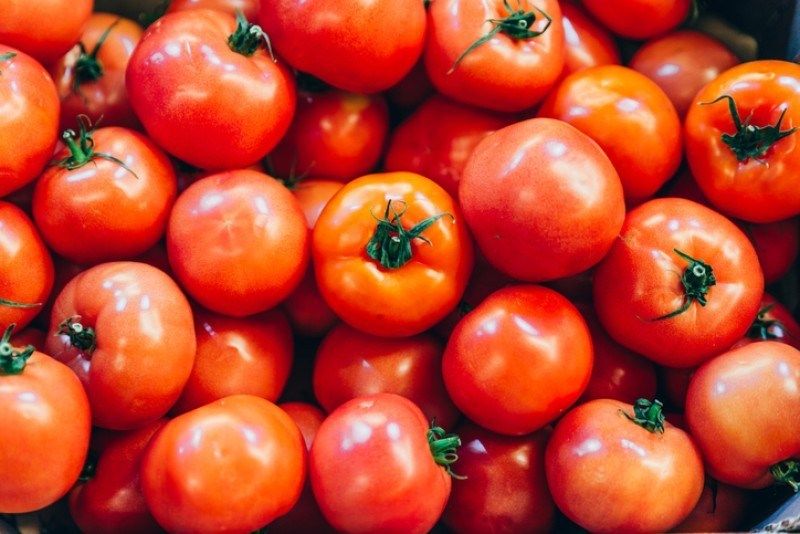Sinaloa ranked first among the states with the highest tomato production in Mexico in 2024, according to data from the Ministry of Agriculture.
The state accounted for 19% of total tomato production, followed by San Luis Potosí, with 14%.
States with the highest tomato production
Mexican production of this vegetable fell 1% in 2024 due to drought, to 3.19 million tons.
Protected agriculture has become the driving force behind tomato production in Mexico. Currently, 70% is grown in greenhouses, while the remaining 30% is grown in open fields.
The following is the share of the states with the highest tomato production in Mexico in 2024:
- Sinaloa: 19 percent.
- San Luis Potosí: 14 percent.
- Michoacán: 8 percent.
- Morelos: 5 percent.
- Baja California Sur: 6 percent.
- Rest of the states: 48 percent.
Use of technology
Mexico maintains continuous tomato production throughout the year. In winter, Sinaloa accounts for more than 80 percent of shipments to the U.S. market. However, with the arrival of spring, activity shifts to the center and west of the country. Jalisco, Sonora and San Luis Potosí stand out in this phase.
Yields have improved significantly thanks to the use of agricultural technology. Greenhouses reach up to 30 kilograms per square meter. In addition, practices such as fertigation, drip irrigation and the use of grafting have increased productivity and reduced losses.
Since July 14, 2025, the United States has applied a 17.09% anti-dumping duty on Mexican tomato imports. The measure went into effect following the cancellation of the Suspension Agreement signed in 2019. The objective is to curb sales considered unfair -which the Mexican government denies- and to protect local producers.
Faced with this scenario, the Mexican government foresees new negotiations. At the same time, the United States International Trade Commission (USITC) is evaluating whether there are changes that justify revising the quota. The U.S. industry maintains that damages persist, although the price increase could accelerate a solution.
Mexico was the last country to enter the U.S. greenhouse tomato market. However, it already has more cultivated area than the United States and Canada combined. Many structures are low-tech, but are still marketed as greenhouses.
Despite lower yields and quality, Mexico makes good use of the cool seasons. Fall, winter and spring boost production. In addition, the adoption of more sophisticated technology extends the growing season and improves the productivity of Mexican tomatoes.

